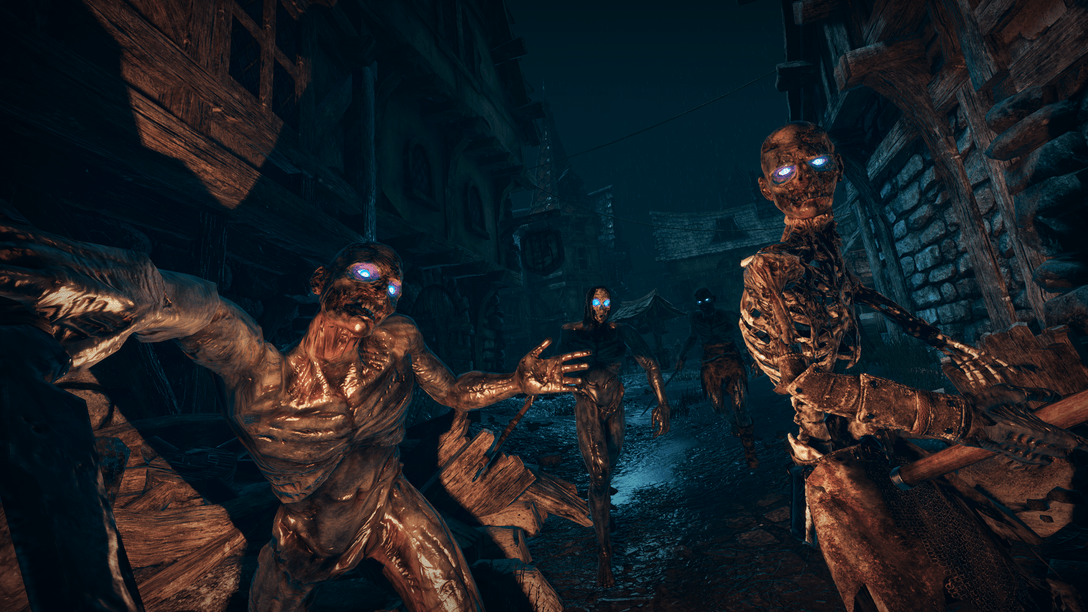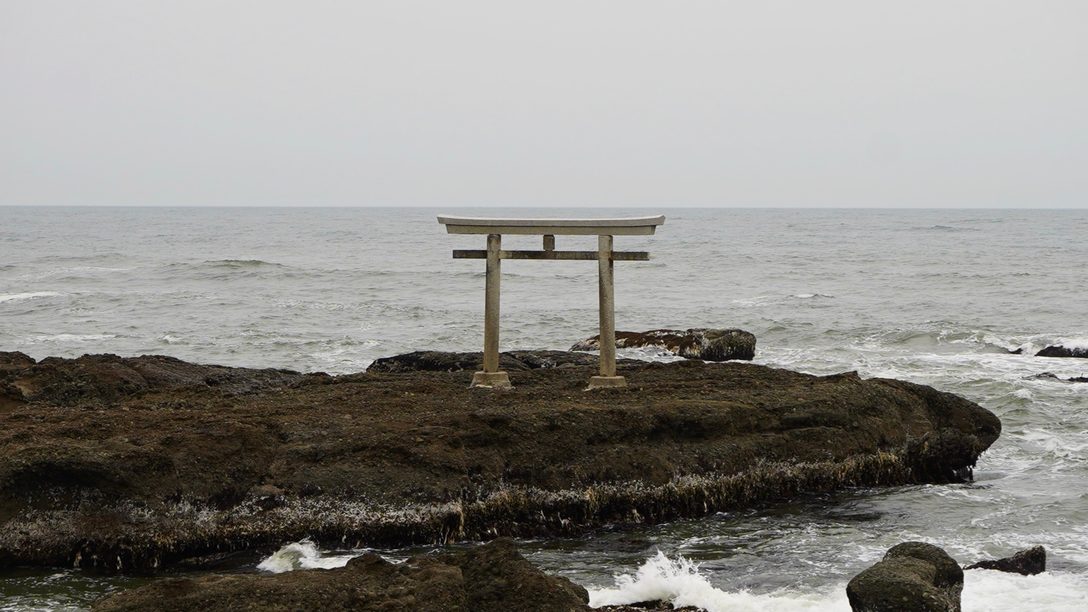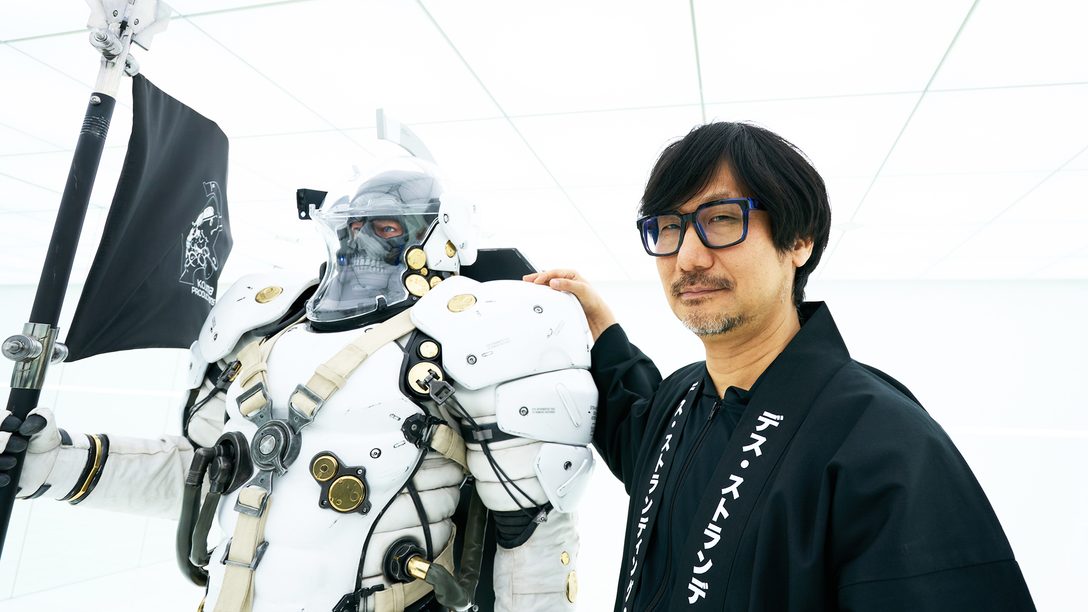
How The Hunter uses speed and special abilities to quickly traverse an expansive island.
As we approach launch, I am excited to reveal more details about the design of The Pathless and exactly what kind of game it is. I’d like to share with you more about how the game plays, and some unique, exciting design choices we’ve made that I think give its open world design a fresh spin.
The Pathless is all about finding your own way forward, so an open world design fit the experience and themes perfectly. We wanted to encourage players to explore organically and develop an understanding of the space as they play, which led us to break convention with most open world games in a few key ways: There’s no fast travel, there’s no map, and there’s no game over.
These common design elements work great in many games- but for ours, we didn’t like how they pull you out of the world and remind you that you are in a game. We made the choice early on to remove these elements to sharpen the sense of immersion and atmosphere. It launched us on a multi-year long journey to figure out new ways to address the issues those mechanics normally solve.
Fluid, dynamic movement is at the core of The Pathless. The Hunter moves fast, bounding through the forest at high speeds. Shooting talismans- ethereal, floating targets scattered across the landscape- will fill your dash meter. Chaining shots will let you keep your speed up, and each successful shot will give you a mini turbo boost, even in the air. It’s a satisfying, moment to moment action that keeps you engaged with the space, and can even become meditative when you get in the rhythm.
The eagle is also central to movement – its ability to carry you while flying is a key component of the way you get around. As you glide, the eagle slowly loses altitude- but you can use a flap to gain a quick burst of upward lift. As you discover secrets in the world, you will collect crystals- which let you upgrade the amount of times you can flap in the air. This allows you to reach higher areas and glide further- as you increase the area of the world you can traverse, your ability to traverse it also increases. This means that fast travel is never really needed. Combine that with the archery dashing mechanics, and traveling even great distances is a rewarding, joyful experience.
The cursed island that you explore in The Pathless is large- many kilometers across- and covered in dense forests. So how do we get away without a map? The answer- which took us years of design iteration to discover- is the spirit mask.
The Hunter has a magical mask that lets her see into the spirit world. It overlays a “heatmap” that illustrates where you have been directly on the terrain, and highlights distant points of interest like a sonar ping. Since it is in the world, how much navigation information you can gather from it depends on your vantage point and how much you can see. Getting up higher above the trees lets you see further, and therefore see more landmarks with spirit vision as well. This creates an interesting loop in gameplay where you cycle between elevations: When you are up high, you get more navigation information and can fly further; when you are on the ground you can explore the detailed ruins and forests to discover secrets. Spirit vision does away with a traditional map and makes navigating an immersive experience that ties into exploration and happens directly in the world itself.
But as you explore, there is a threat to contend with: giant cursed spirits that are the source of the dark curse that plagues the world. They are invulnerable, fiery beasts that will stalk you and try to separate you from the eagle. Only by returning light to the obelisks within their domains will you be able to turn the tables and take them on. When you do, you will have to chase them down through the forest, and corner them in an epic final battle to return light to the land.
But what about game over? How can you have a game with giant cursed spirit bosses that stalk you through the forest and not have it? A traditional game over design will reset your progress back to some checkpoint when you lose an enemy encounter. It works because it creates stakes- you are scared to get a game over because it will cost you your time as a player, a valuable resource.
To make the cursed spirits feel powerful and scary, we needed to create stakes, but we wanted to avoid the immersion-breaking timeline resets of the standard game over design. So we changed the resource you risk to lose: instead of your time, you stand to lose the crystals you’ve collected. If the cursed spirits get the better of you, they will knock your crystals out of you, hampering your progress towards future flap upgrades. It creates real stakes and makes encounters tense and engaging- without resetting the timeline or breaking the atmosphere.
We’ve spent years experimenting, designing, and crafting The Pathless, and I’m proud of the unique experience we have made. When you play, I hope you forget you are playing a game and are fully transported to a mythic world.











Comments are closed.
2 Comments
Loading More Comments